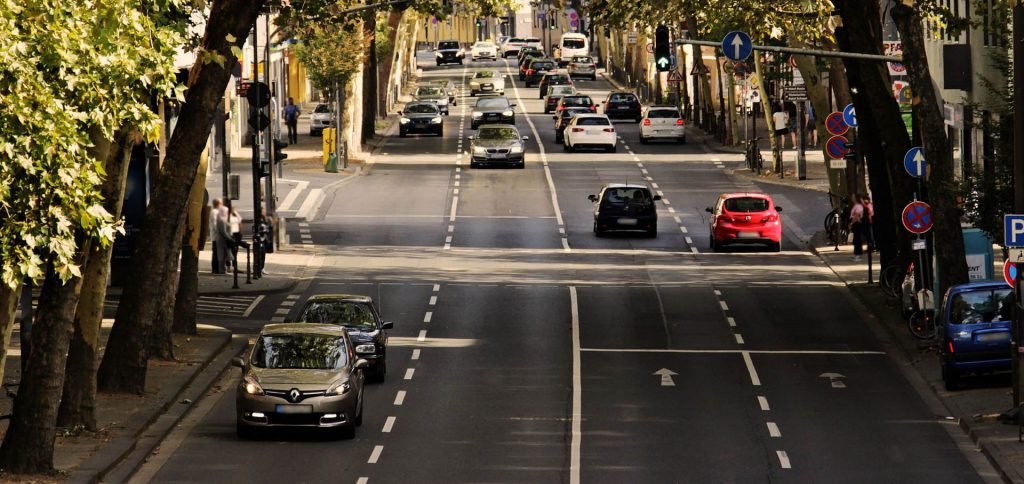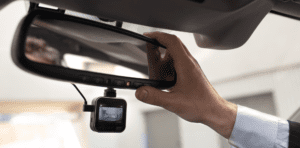

What is gap insurance and how does it work?
Gap insurance, also known as “guaranteed asset protection” insurance, is a type of cover that helps protect car owners from financial loss in the event that their vehicle is totalled or stolen. The “gap” in gap insurance refers to the difference between the actual cash value (ACV) of a vehicle and the amount still owed on the car loan or lease. This cover can be beneficial for car owners who have a loan or lease on their vehicle and may owe more on the vehicle than it is worth.
How Gap Insurance Works
When a car is purchased with a loan or lease, the vehicle’s value starts to decrease as soon as it leaves the dealership. This is known as depreciation. If the car is totalled or stolen, the insurance company will pay the car’s ACV, which is often less than the amount still owed on the loan or lease. This can leave the car owner with a significant financial shortfall.
Gap insurance is designed to fill this gap between the ACV of the vehicle and the amount still owed on the loan or lease. If the car is totalled or stolen, the gap insurance will pay the difference between the ACV and the outstanding loan or lease balance, up to a certain limit. This can help car owners avoid having to pay a large amount out of pocket to pay off the remaining balance on their loan or lease.
Benefits of Gap Insurance
One of the main benefits of gap insurance is that it can help protect car owners from financial loss in the event that their vehicle is totalled or stolen. Without gap insurance, car owners may be left with a significant amount of debt if the ACV of their vehicle is less than the amount still owed on the loan or lease.
Another benefit of gap insurance is that it can help car owners avoid having to pay a large amount out of pocket to pay off the remaining balance on their loan or lease. This can be especially beneficial for car owners who have a high-interest loan or lease, as it can help them avoid paying a large amount of interest over time.
Additionally, gap insurance can also help car owners avoid having to make a large down payment on a replacement vehicle. If a car is totalled or stolen, the gap insurance can help pay off the remaining balance on the loan or lease, which can help car owners avoid having to come up with a large down payment on a replacement vehicle.
Finally, gap insurance can also provide peace of mind for car owners. Knowing that they have cover in the event that their vehicle is totalled or stolen can help car owners feel more secure and confident in their vehicle purchase.
Gap insurance is not mandatory, but it is a good option for car owners who have a loan or lease on their vehicle and may owe more on the vehicle than it is worth. It is also important to note that gap insurance is typically only available for new cars or cars that are less than one year old, and it usually has to be purchased at the time the car is purchased or leased.
In conclusion, gap insurance is a type of cover that helps protect car owners from financial loss in the event that their vehicle is totalled or stolen. It is designed to fill the gap between the ACV of the vehicle and the amount still owed on the loan or lease.
Gap insurance can be beneficial for car owners who have a loan or lease on their vehicle and may owe more on the vehicle than it is worth, as it can help protect them from financial loss, avoid paying a large amount out of pocket, and provide peace of mind. However, it is important to note that gap insurance is typically only available for new cars or cars that are less than one year old, and it usually has to be purchased at the time the car is purchased or leased.
When considering gap insurance, it’s important to understand the terms and conditions of the policy, including the cover limits and any exclusions. Car owners should also consider the cost of the gap insurance policy and whether it is worth the cost based on their individual circumstances.
It’s also important to note that gap insurance is typically not necessary for car owners who have a low loan-to-value ratio on their vehicle. A low loan-to-value ratio means that the car owner has a significant amount of equity in the vehicle and therefore has less financial risk if the vehicle is totalled or stolen.
Additionally, some car insurance policies may already include gap cover as part of the policy. Car owners should check with their insurance provider to see if their current policy includes gap cover and if so, what the terms and conditions are.
In summary, gap insurance can provide valuable protection for car owners who have a loan or lease on their vehicle and may owe more on the vehicle than it is worth. However, it is important to carefully consider the cost and terms of the policy and whether it is necessary based on the car owner’s individual circumstances.
Car owners should also check with their insurance provider to see if their current policy includes gap cover. By understanding the benefits and limitations of gap insurance, car owners can make an informed decision about whether to purchase this type of cover for their vehicle.










